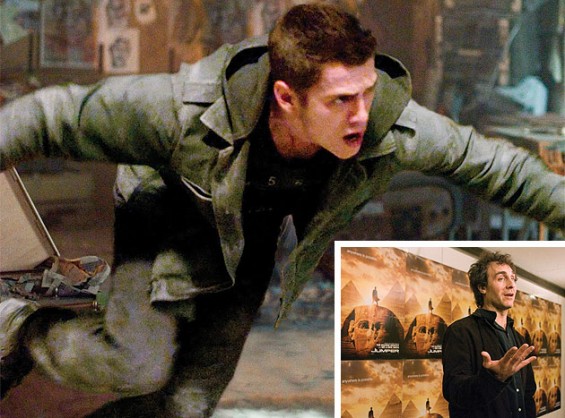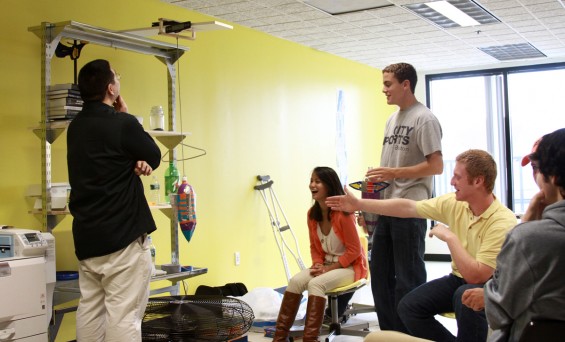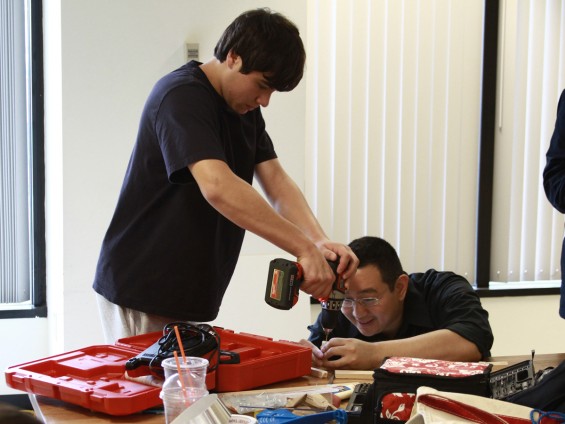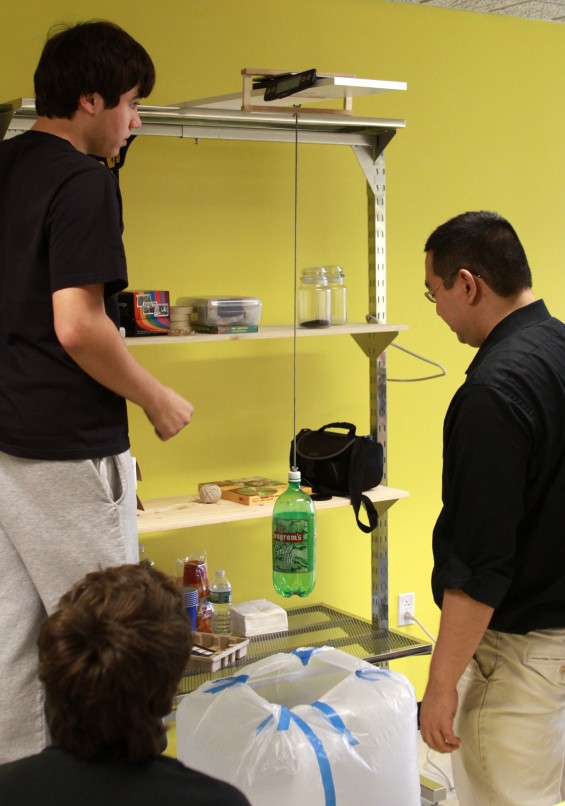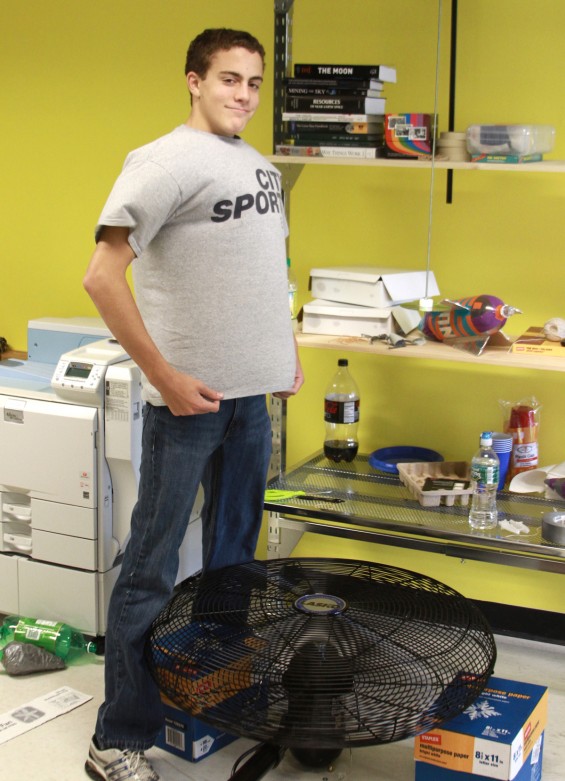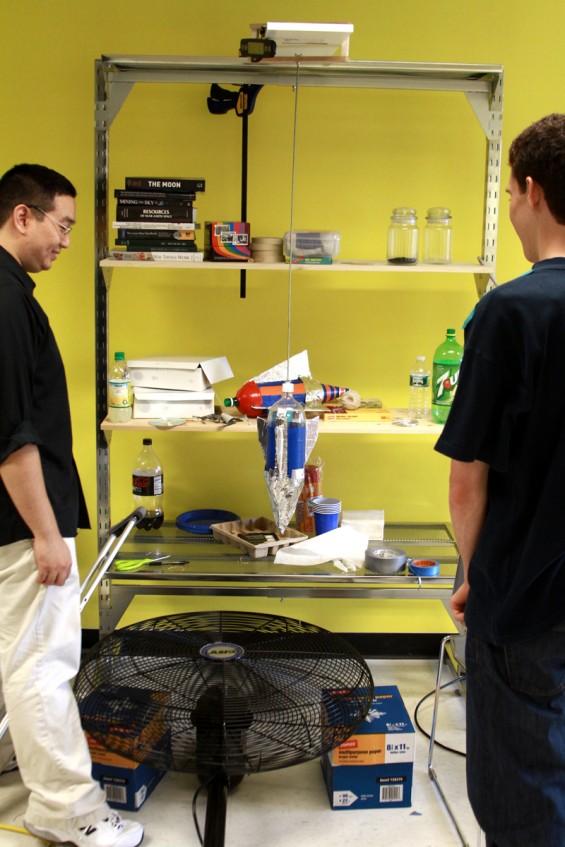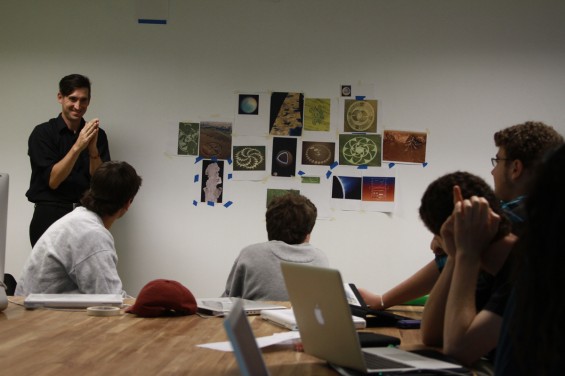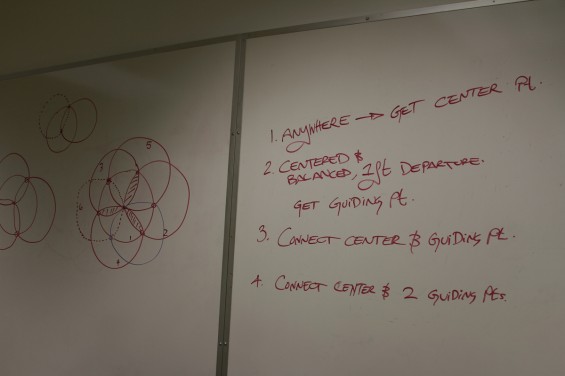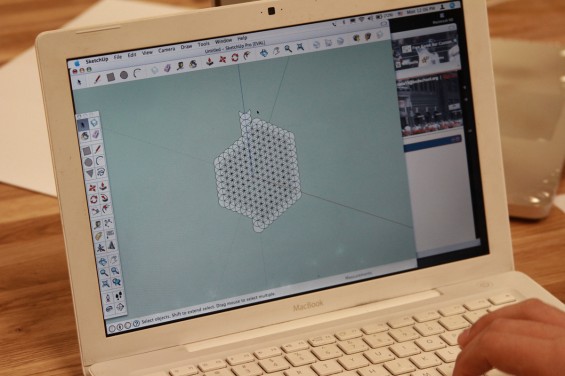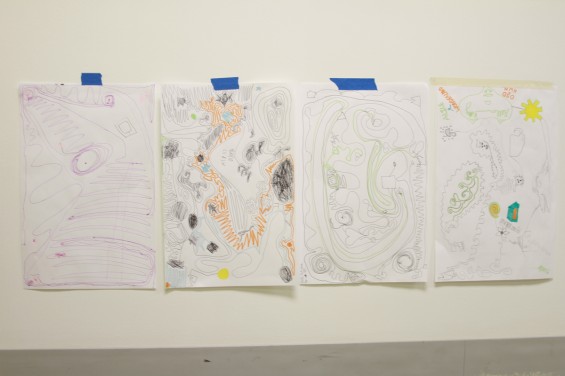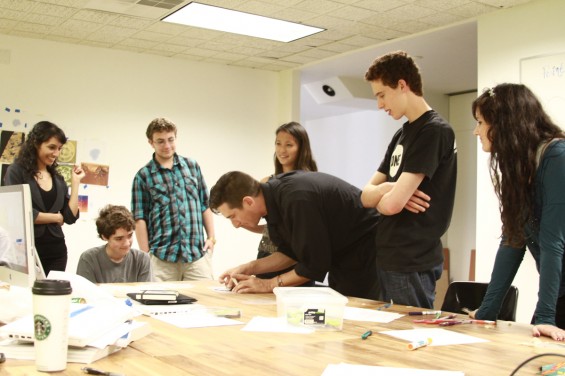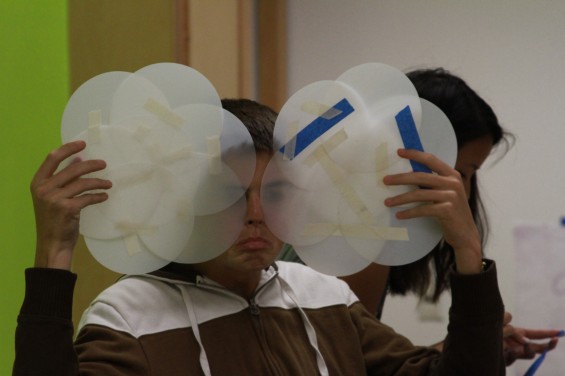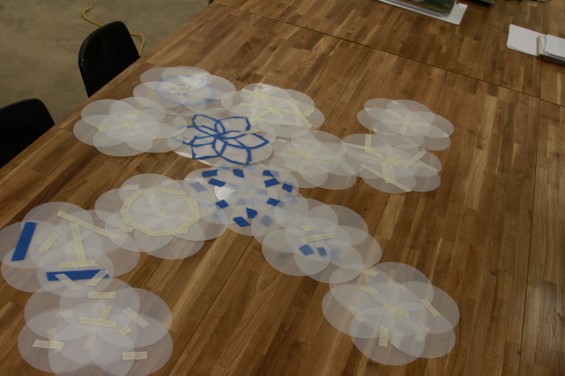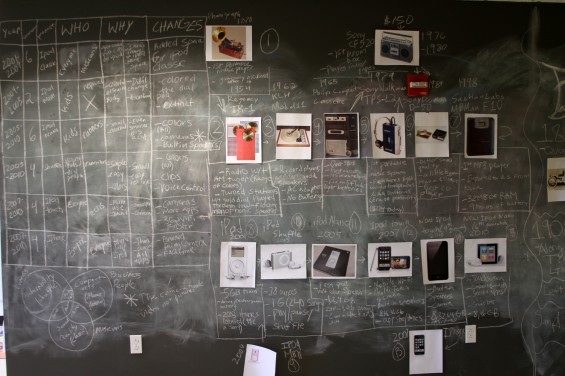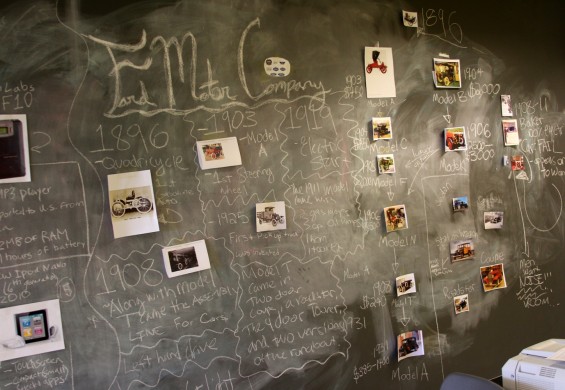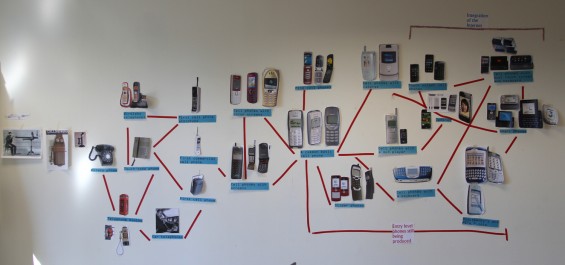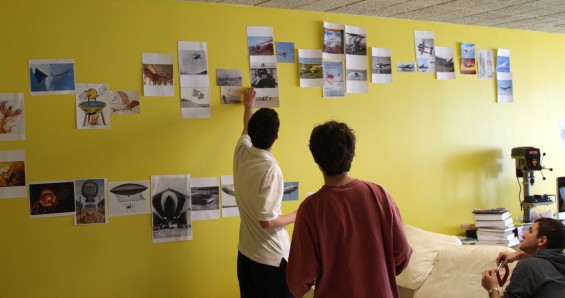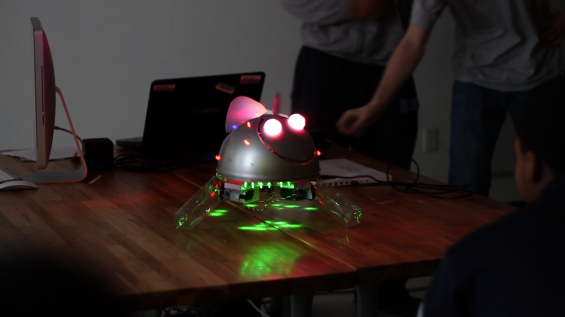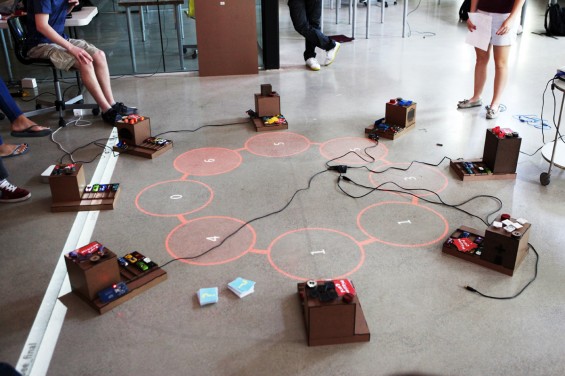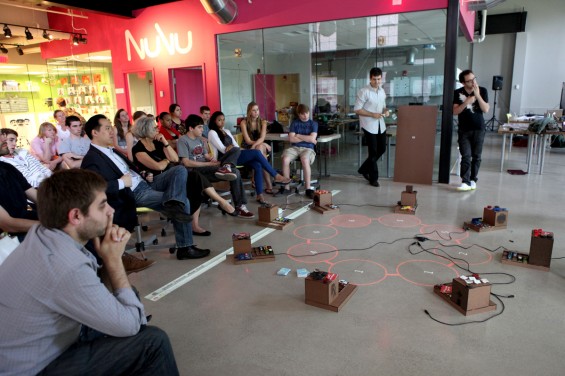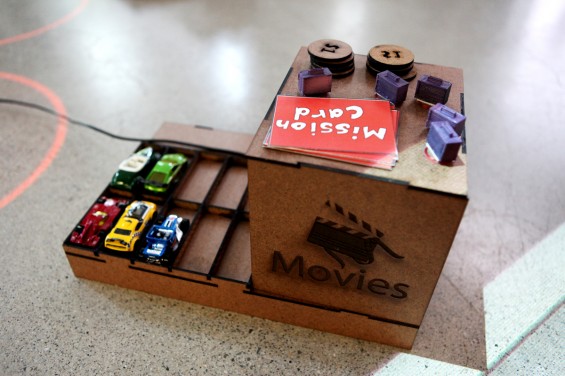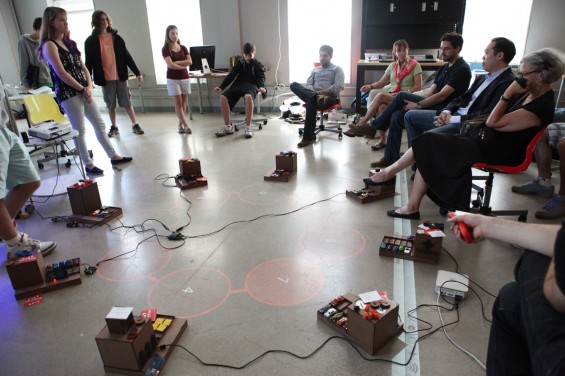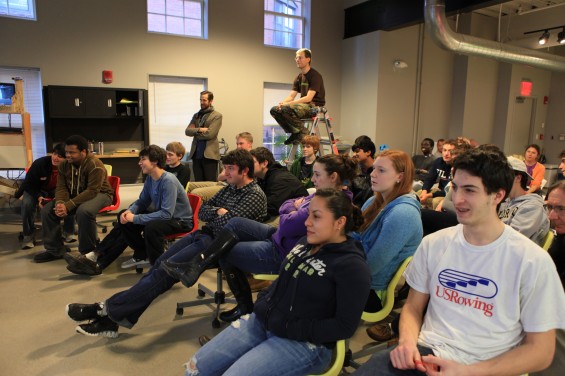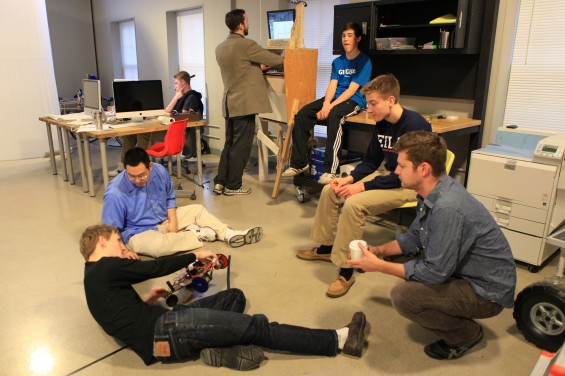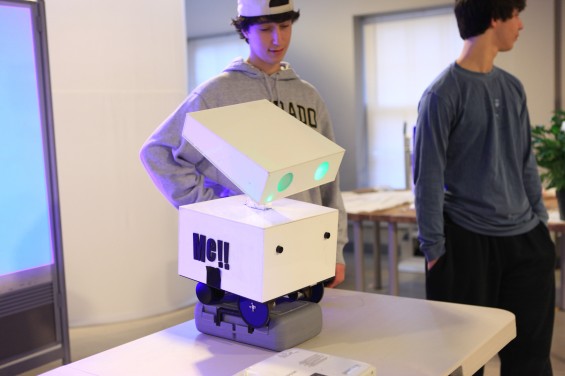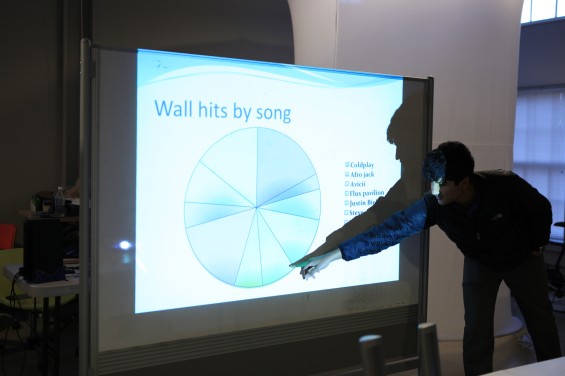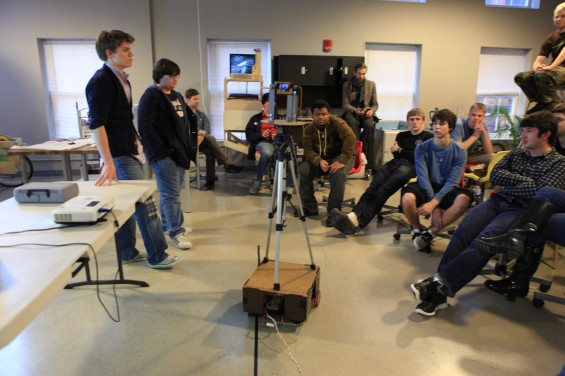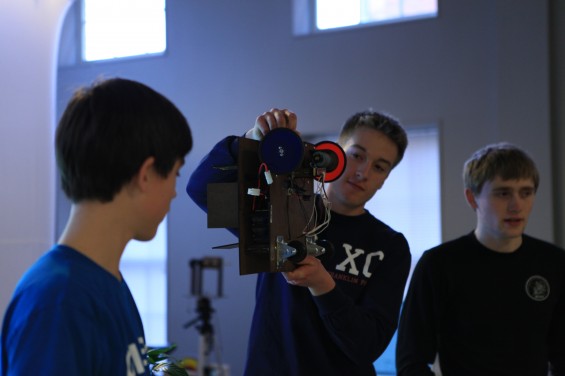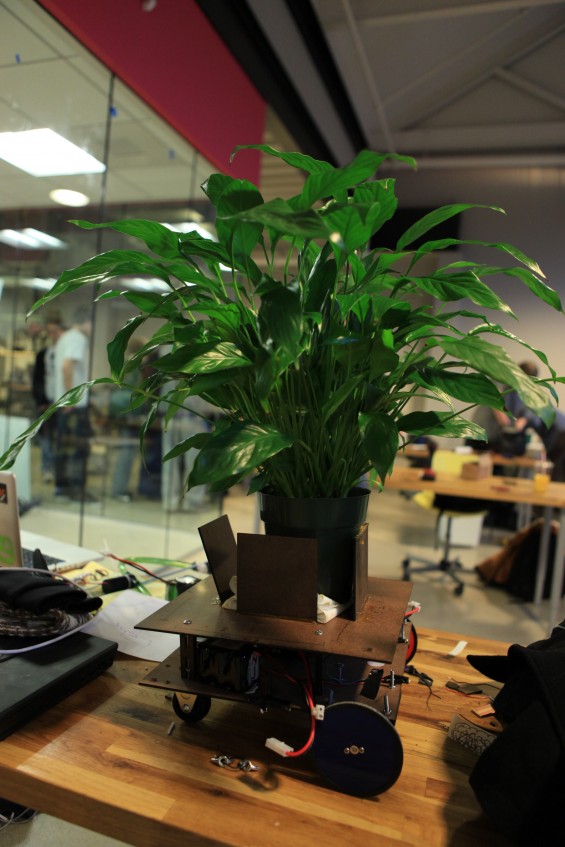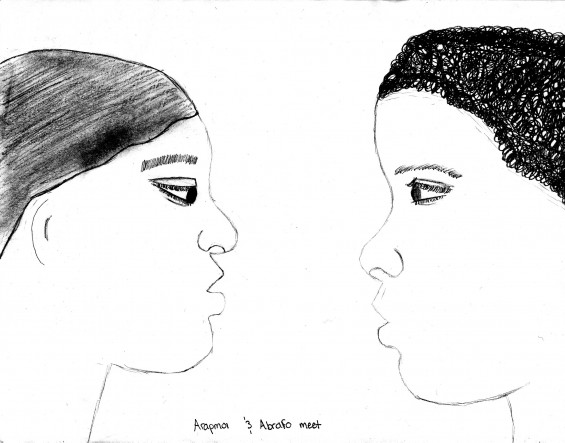
My name is Abrafo, meaning warrior and this here is Arapmoi, meaning son of war. We were both born in a small village in the Democratic Republic of Congo. As children, we grew up worry free and full of happiness and joy. My parents had taught me all things right in the world and all things wrong. One thing I had been taught to always think of as wrong was war. To my parents, war was meaningless and pointless. They believed that it was no good for anyone. I, on the other hand did not know what war was or what the big deal behind it was. I had never seen a war before and I had never thought that I would. One day as I was playing in the village with my little brothers the Abedi arrived. I had not known what the Abedi was but I knew that it meant worshipers. The way they walked through the village with their riffles and their dirty uniforms, seemed to make the air around me polluted. I was not able to breathe, it was as if the oxygen was being sucked from around me. Their air was no doubt different than ours. Those are the worshipers. They've come to recruit us with promises of paradise. I heard one of the village boys say. As they walked through the village they stopped and noticed my brothers and I. I had no idea what to do. Should I run? Should I call for my parents? Should I follow them and listen to their promises? I asked myself. As they passed I looked into one of the Abedi members eyes. His eyes as if crying out for help looked cold and red and very tired. His body, lifeless as he walked past us. They stood in a circle at the edge of our village near the river and yelled out Njoo hapa(come here)! Kila vijana ndoto kwa peponi unga sisi (all boys dreaming of paradise join us). Unaweza go kwa nafasi mbali tangu hapa (you can go to a place far from here). Changa (gather)! Boys began gathering around them, trying to see and hear perfectly what the Abedi were saying. My brothers and I stood up and were ready to also hear the news of paradise when our parents stepped out of our hut and began pulling us away from the crowd. But why? Why cant we listen to the Abedi Baba? I asked my father. He had not answered me but instead kept walking as he pulled my arm. I dragged my feet in the dirt trying to pull away from him. It was no use, he was too strong. I, to stubborn to follow, tried everything to loosen his grip. Once in the hut, my parents explained to me that the Abedi were bad people. Why are they bad Nina? My youngest brother asked my mother. We are not sure, but we know that they take young boys of a certain age in each village, recruiting them for a journey to paradise but the boys never return home. Later that night as I laid in my bed, I could not help but wonder why the boys never returned. Were they having so much fun in paradise? Maybe that Abedi member I had made contact with earlier had just been overtired from having so much fun or from watching the little children. I thought. As I dreamt of paradise there was a BANG at the door. I sat up quickly, scared that the village thieves had come to take our food again. I couldnt bare going another week without dinner. Another BANG at the door. Thats when I heard my father get up out of bed and walk over to our wooden door. I heard talking. A young mans voice no older than about 18 could be heard telling my father that it was time. I could hear my moth\er sobbing and my father pleading for more of this time. He asked for another year, another month, another week, and another day but the young man insisted that the time was now. My father pleaded even more as voices were starting to get louder and more aggressive. ENDA TANGU ANGU KIBANDA (Get away from my hut)! yelled my father. As if time had sped up, my father, in an instance was punched in the face lying on the ground, my mother screaming, my brother crying, and I was being pulled and shoved in every way possible out of the door. They dragged me out of my hut and onto the dirt road of the village. I planted my feet firmly in the ground trying to resist the mans tugging as I did the day my father tried to keep me away from the Abedi. I was not strong enough and instead was dragged into a line to get on a bus where other young boys in my village were standing. I seemed to be the only one unhappy to have been there. It was my turn in line, I stepped onto the bus and a man blocking me from finding a seat was yelling JINA (name). SEEKA (age). I gave him the answers he had been seeking and took a seat on the bus nest to a window. I wanted to be able to see the village, my hut, and my family as I left them all behind.
:rotate(0)/p39f1jed4mgd288myquiu5yecweg)
